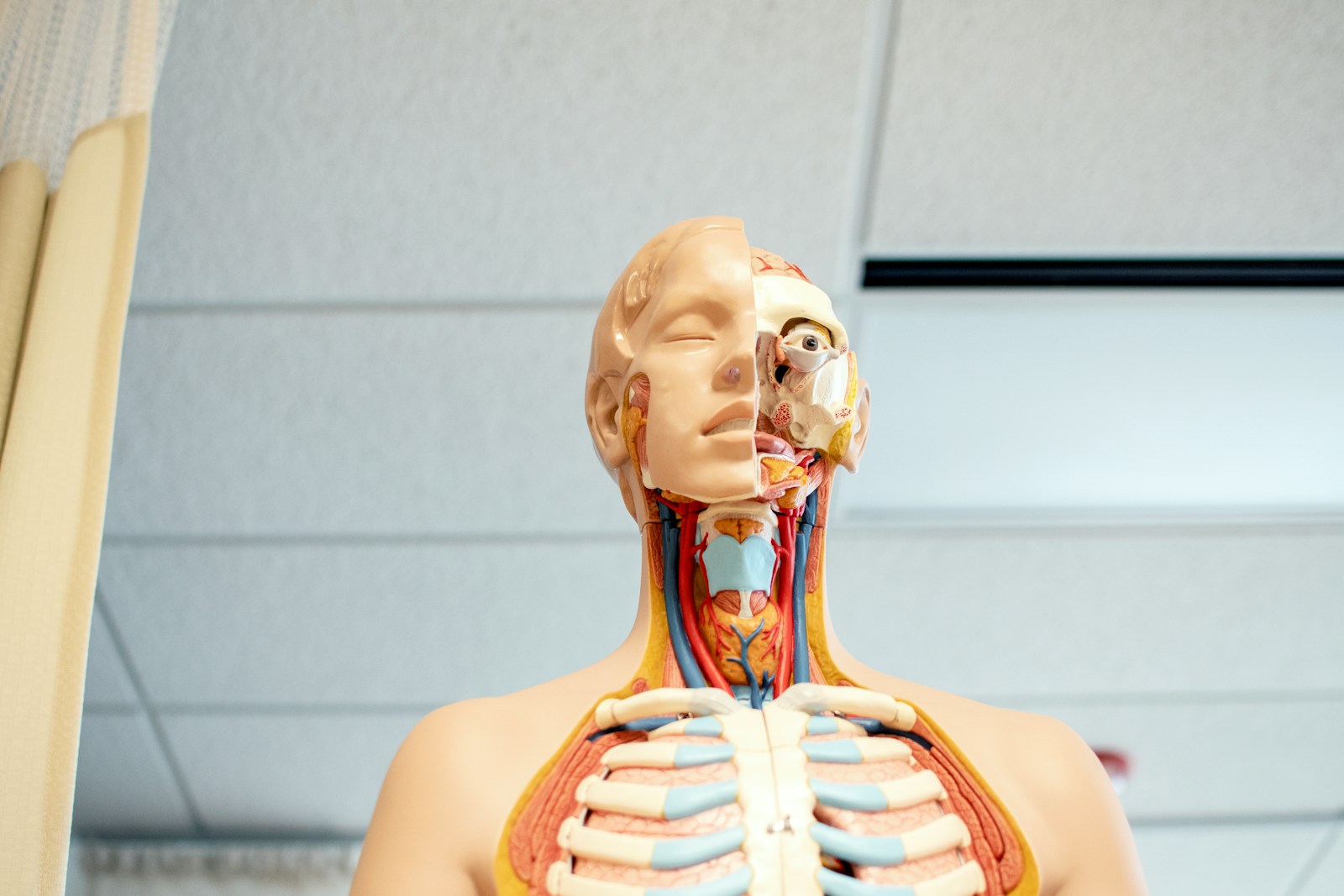In the grand theater of life sciences, developmental biology takes center stage, unraveling the mysteries of how life forms grow, develop, and pass on their genetic heritage. A key to unlocking these mysteries lies in the use of model organisms – humble creatures that carry the secrets of life within their simple structures.
This article ventures into the fascinating world of model organisms in developmental biology, shedding light on their crucial role and the insights they offer. From the widely celebrated Caenorhabditis elegans to other pivotal creatures, we'll explore why these models are chosen and how they contribute to our understanding of life's blueprint. Whether you’re a budding biologist, a science enthusiast, or simply curious, join us in unveiling the treasures held by model organisms in developmental genetics studies.
Why Is Caenorhabditis Elegans an Unrivalled Champion in Developmental Biology Studies?

Caenorhabditis elegans, or C. elegans as it's often known, holds a place of honor in the world of developmental biology.
But why is this tiny nematode worm such a star in scientific research? C. elegans comes with a compelling set of characteristics that make it an ideal model organism.
This includes its simplicity, with a fully mapped genome, and a short lifecycle that completes from egg to adult in just about 3 days. These traits allow scientists to conduct generations-spanning studies in a relatively short time. Add to this its transparent body, enabling real-time observation of cellular processes under a microscope, and it's clear why C. elegans is an invaluable asset for studying developmental processes. The ease of observing its development, from a single cell to a complex organism, offers unparalleled insights into the intricacies of life, solidifying its position as a cornerstone of developmental biology research.
Exploring the Cast of Characters: Model Organisms Used in Developmental Genetics Studies
The realm of developmental genetics studies isn't limited to just C. elegans. A diverse array of model organisms play pivotal roles, each bringing unique advantages to the research table. Among these distinguished models are Drosophila melanogaster, the fruit fly, renowned for its ease of genetic manipulation and the similarity of its genetic pathways to those of humans.
Similarly, the zebrafish (Danio rerio) offers unique insights thanks to its transparent embryos, allowing direct observation of developmental processes.
Mice, with their close physiological and genetic resemblance to humans, also serve as a crucial model, particularly in understanding mammalian development and disease. Arabidopsis thaliana, a small flowering plant, helps unravel the genetic underpinnings of plant biology. Each of these organisms contributes to our growing understanding of developmental genetics, highlighting the interconnectedness of life.
The Dynamic Duo: The Most Commonly Used Model Invertebrates in Developmental Genetics

When it comes to invertebrates in developmental genetics, Caenorhabditis elegans and Drosophila melanogaster stand out as the field's dynamic duo. C. elegans, with its simplicity and transparency, offers a straightforward model for understanding fundamental biological processes. On the other hand, Drosophila, the fruit fly, has been a staple of genetic research for over a century, providing invaluable insights into the genetic basis of development and disease.
These two organisms are the most commonly used because they share several advantages: they are easy to maintain in a lab environment, reproduce quickly, and have relatively short life cycles.
Additionally, their genetic simplicity, coupled with the complexity of their developmental processes, makes them perfect for conducting detailed genetic analyses. The groundbreaking research conducted using these models continues to shed light on the genetic principles guiding development, underscoring their irreplaceable role in the field of developmental genetics.
C. Elegans: A Pioneering System for Decoding the Intricacies of Developmental Biology
The C. elegans model system has been at the forefront of developmental biology, illuminating the complex dance of genes and environment that orchestrates life's development. Its simplicity as an organism belies the complexity of its contributions to science: C. elegans was the first multicellular organism to have its genome fully sequenced, offering a blueprint for understanding biological processes at a molecular level.
This nematode has enabled groundbreaking discoveries in cell lineage, apoptosis (programmed cell death), and the workings of the nervous system, thanks to its transparent body and the ability to perform precise genetic manipulations. Its tractability and the wealth of genetic tools available have made C. elegans a preferred system for probing the fundamental mechanisms of life, making it a cornerstone of modern developmental biology research.
Unlocking Life's Secrets: The Indispensable Role of Model Organisms in Developmental Biology

Model organisms in developmental biology are not just subjects of research; they are windows to understanding life itself. Through the study of organisms like C. elegans, Drosophila, zebrafish, and mice, scientists unravel the complex genetic networks that drive development from a single cell to a fully formed organism. These models offer distinct advantages: rapid life cycles, genetic manipulability, and conservation of key biological processes across species.
They bridge the gap between theoretical genetics and practical, observable phenomena, allowing researchers to dissect the roles of specific genes in development and disease. The insights gained from model organisms are instrumental in advancing not only developmental biology but also fields like genetics, neurobiology, and evolutionary biology.
The knowledge derived from these models paves the way for medical breakthroughs and a deeper understanding of our own biology, highlighting their indispensable role in the life sciences.